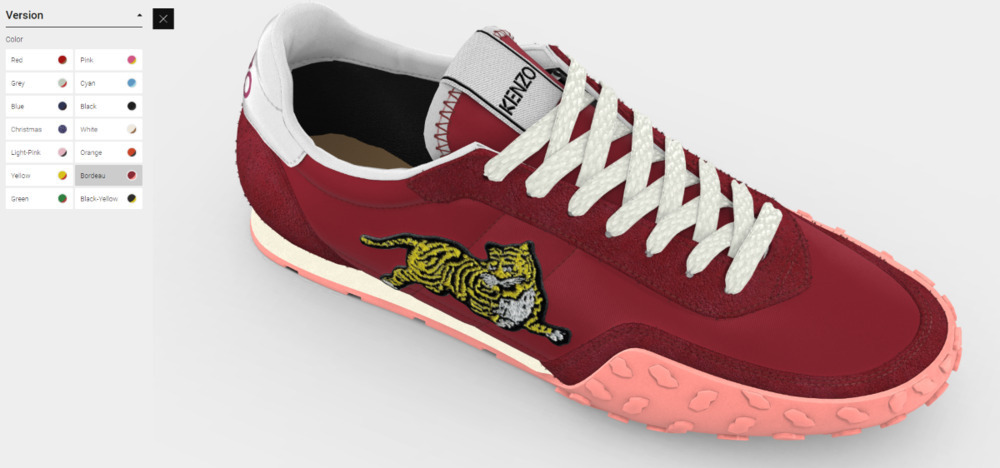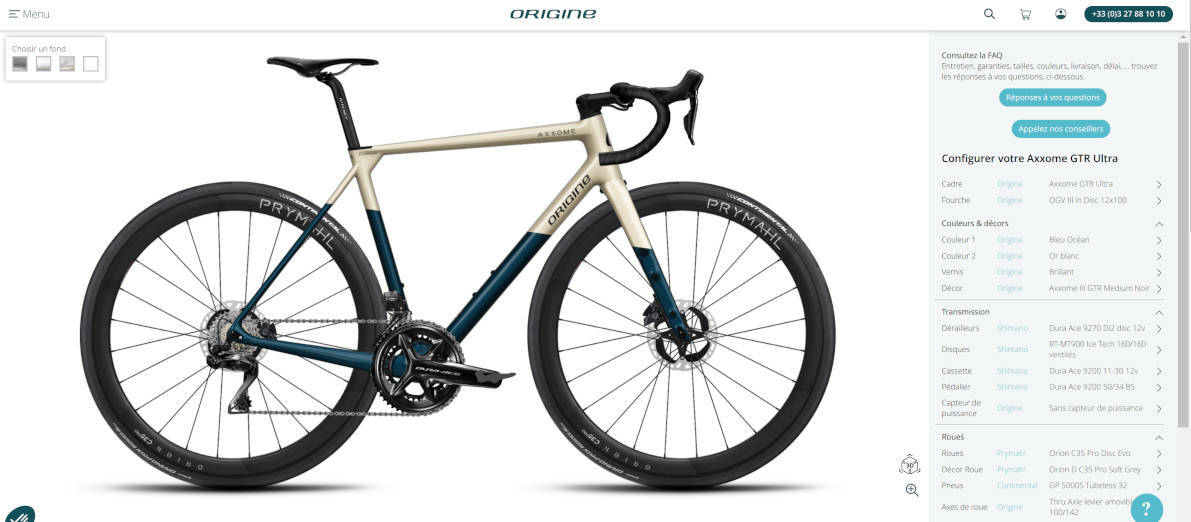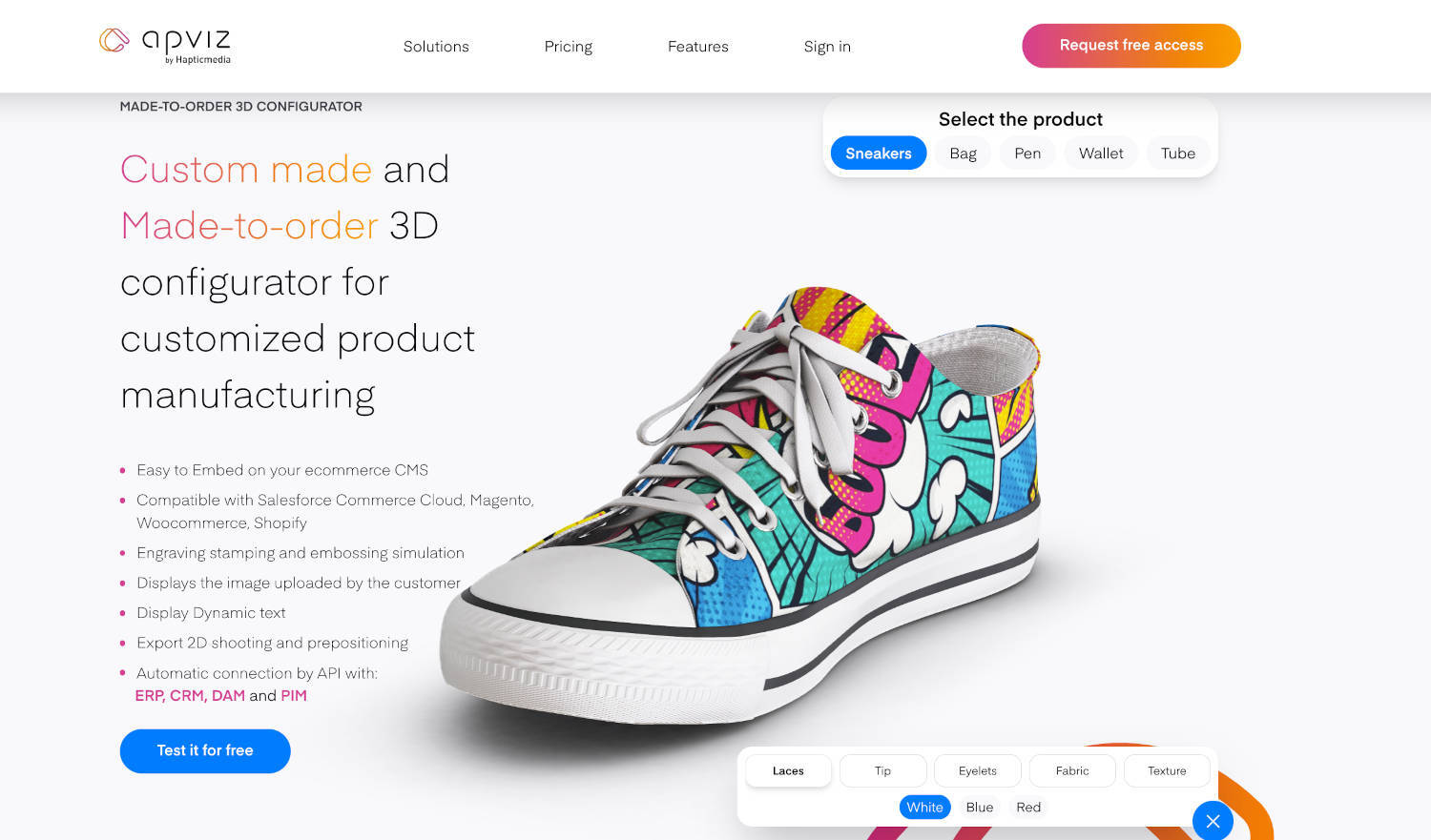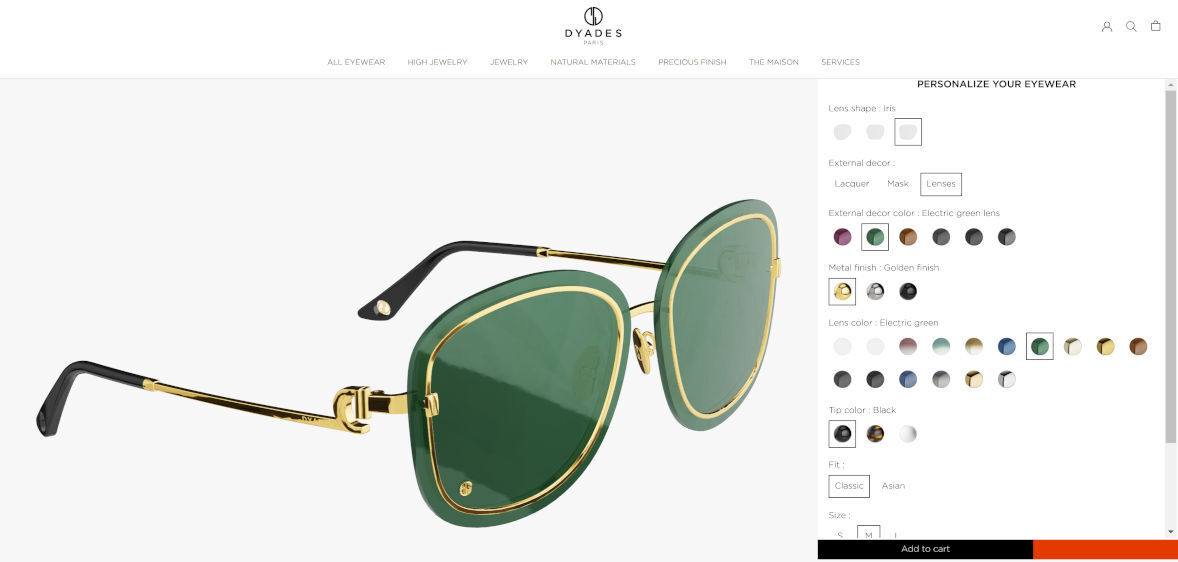
Why you should focus on improving your mass customization strategy (2024 update)
Table of content
This article was last updated on January 15, 2024, by Hugo Rimélé.
Buying custom products that are only for you and precisely tailored to your needs and expectations is what today's technological developments promise: customized products to suit our tastes and constraints at manufactured product prices.
Mass customization is evolving day by day in the custom manufacturing industry. B2C and B2B enterprises exponentially grow by implementing strategic mass customization business models.
According to Allied Market Research: The custom manufacturing market is expected to grow at a CAGR of 4.6% from 2022 to 2031, with a projected size of $1,350.2 billion by 2031.
In this article, we’ll explore everything that you need to know about mass customization, why it matters to brands and for manufacturers, and how you can benefit from it.
What is mass customization?
In recent years, advances in marketing analysis tools, coupled with technological innovations in industrial production, have made it possible to produce consumer goods on demand and to order.
This presents a range of benefits for consumers and manufacturers alike:
- Meeting consumer needs with greater precision: Tailoring products to individual needs and preferences creates a more personalized and satisfying experience for consumers.
- Agility in Product Life Cycle: Marketing analysis tools and technological innovations work together to help manufacturers quickly adapt to changing trends, making the product life cycle more agile.
- Reduced Stock and Rational Production: The ability to produce on demand helps minimize excess stock and unsold products, leading to a more rationalized and efficient production process.
- Limiting Environmental Impact: Mass customization contributes to a more sustainable and eco-friendly approach by curbing the movement of goods and reducing intermediaries through direct selling from producer to consumer.
Companies embracing mass customization can efficiently deliver their customized products by implementing streamlined and optimized production processes. This transformative approach not only caters to the evolving preferences of consumers but also enhances the overall efficiency and sustainability of the manufacturing landscape.
Mass customization, theorized by Joseph Pine in 1997, can be succinctly summarized in his simple statement: “Consumers don’t want choice. They just want exactly what they need.” Joseph Pine, 1994
This prediction remains highly relevant today, thanks to new technologies. Mass customization is not merely a trend; it is a strategic approach in an intensely competitive market and is poised for significant growth in the years to come.
Can we imagine, for example, that tomorrow everyone will be wearing made-to-measure clothes for a price that approaches the price of a manufactured product? Shoes made to your exact size and shape? Your furniture will be made to measure for you, to fit your taste and your space.
The customer experience is becoming more and more important for brands, so offering a highly optimized journey and a user-friendly 3D configurator is paramount.
That's why 3D asset management platforms like Apviz.io offer 3D configurators with a user-friendly interface. This allows customers to co-design products according to their own preferences and rules. The platform ensures the right touchpoint between customer needs, product database, and production.
The main focus of mass customization is the delivery of customized goods that consider every individual customers’ needs specific to that product/service with near mass production efficiency.
Mass customization is a marketing strategy that uses smart industry innovations to keep prices low and customize goods or services to each customer’s preferences.
How does mass customization work?
Mass customization differs from the traditional production process by using mass-production strategies to provide “high-variety-low-volume” production.
Mass customization management and philosophy imply transforming the design and production model from “made-to-stock” to “made-to-order”.
Companies manage the made-to-order model by manufacturing only the finished product once a consumer places an order. The made-to-order model allows buyers more flexible customization of goods, unlike buying directly from the retailer’s shelves.
Enterprises use mass customization alongside 3D visualization to elevate standard products’ key features and help brands deliver a positive shopping experience. These 3D technologies Include 3D rendering, interactive configurators, virtual try-on, and more.
Benefits of mass customization

Discover the Origine cycles sport Bike 3D configurator project
Mass customization has proven to increase conversion rates. Deloitte published a recent consumer report in which they explore consumers’ attitudes and behaviors towards customization and how businesses are adapting in response. The report found that:
- Price is not a barrier since one in five consumers who expressed interest in purchasing personalized goods are willing to pay a 20% premium.
- On average, 36% of customers expressed interest in purchasing personalized products or services.
- 48% percent of customers said they are ready to wait longer for a personified product.
- 22% of consumers are happy to share personal data in return for a more personalized service or product.
It’s easy to see why this business model has become a prominent strategy to elevate conversion rates and customer satisfaction. Let’s look at some of the direct benefits of mass customization:
Industry authority
By taking advantage of mass customization through 3D technologies, companies elevate their differentiation from other brands, create a competitive advantage, and position themselves as an industry authority. Because of this, the business can set premium prices.
Customer retention
Consumers can customize new products just as they prefer them, and their willingness to pay additional fees increased. This is why mass customization can be part of a lucrative marketing strategy for a business. Plus, it allows them to build long-term connections and engage consumers.
Lower inventory excess
Mass customization companies use the “just-in-time” approach to reduce excess inventory, lower production costs and match business demands. The just-in-time model lets manufacturers know when and how many units they should order or replace.
Implementing mass customization
The implementation of mass customization goes back to 1997 when James Gilmore and B. Joseph Pine II researched the growth of the American economy due to mass production, after that, they wrote a paper called “The Four Faces of Mass Customization” in the Harvard Business Review. It brought the idea of mass production to a different level of visibility.
This paper became essential for companies trying to become customer-driven. It identified four new strategies for mass customization: adaptive, collaborative, transparent, and cosmetic.
Thanks to these new strategies, companies around the world are able to avoid unnecessary costs and minimize complexities when trying to meet every customer’s request and produce unique value to their clients in an effective manner.
Let’s look at the different types of mass customization and how multiple industries benefit from them:
Collaborative customization
- This is mostly used by the online and e-commerce industries.
- Businesses can collaborate with the customers to define the perfect fit and design their unique products based on their wants and specific needs.
- The collaborative approach helps buyers who struggle to find what they want and are often overwhelmed with a vast mixture of options.
- Once the company understands the needs of their customers, they later use this data to create output according to each individual.
Adaptive customization
- Adaptive customization is the standard model of mass customization.
- Businesses offer standardized products with various customization options where the end-users can customize products to their preference.
- This method is perfect for clients with different expectations or needs from diverse locations or occasions.
Transparent customization
- Produces customized products to individual customers without announcing that the products are exclusively selected for them.
- This model analyzes the client’s behavior based on what they’ve liked before, which is beneficial as it makes the client’s needs predictable.
- Products are constantly developed to suit the wants of individual buyers without the need for direct communication.
Cosmetic customization
- This model uses different customers to market standard products uniquely.
- These products are not individually customized per client. Instead, the packaging and presentation of these products are promoted separately to suit different clients.
- Cosmetic customization works the best for groups of clients who use the same product but are more attracted to them when presented differently.
Examples of mass customization

Image credit: apviz.io Made to order 3D configurator
Now that we have learned all the benefits of mass customization, let’s look at some successful product examples from leading companies:
- The Dyades Paris brand, a high-end custom eyewear manufacturer, is another excellent example of collaborative customization that incorporates 3D visualization to allow customers to personalize their high-end eyewear to their liking, including color, size, style and engraving a personal message.
- Another excellent example of collaborative customization is that the brand Courbet. Courbet uses 3D rendering to personalize and showcase its modern and creative jewelry line.
- The Puma Teamwear 3D configurator makes it easy for sports teams to design a custom jersey or football uniforms for their team. Once the order is placed in the cart, the agile manufacturer prints all jerseys with a unique name and number for each player.
- Origine cycles 3D sports bike configurator allows customers to choose from a wide range of options for an advanced technical product for demanding cyclists.
- When it comes to transparent customization, an excellent example is popular brands like Netflix or HBO. They recommend movies and shows that might be of interest to you.
- An inspiring example of adaptive customization is Lacoste's e-commerce customization. The brand allows customers to customize their polo shirt by choosing their crocodile color or material, fabric color, and initials.
- The made-to-order Ecco Quant-U custom shoes project scans your feet and manufactures 3D-printed shoes that precisely match your morphology.

Discover the high-end custom eyeglasses 3D configurator Dyades Paris project
Start increasing conversion rates with mass customization
There is no doubt on how much mass customization can improve the conversion rates of e-commerce businesses.
Digitizing your brand and implementing marketing strategies as mass customization gives you the leverage to position your brand to the next level.
Understanding how successful businesses implement mass customization will help companies make product demonstrations more convincing, help streamline product customizations, and increase customer retention.
By Yahong Zhang - Mon Jan 15 2024
Stay informed
Discover more articles

17 e-commerce trends to leverage for higher sales
From augmented reality to omnichannel marketing and remote services, e-commerce trends are adjusting to give customers the best possible experiences....

Cosmetics industry trends and marketing techniques
The cosmetics industry, also known as the beauty industry, includes fragrances, skin, hair and personal care and color cosmetics like facial make up products, nail care products, lip care products, and eye make-up products....

3D product visualization and made to order, a strategy for success?
This article explores the impact of a 3D configurator dedicated to custom manufacturing companies, which revolutionizes your business by offering an immersive and innovative customer journey. It enables customers to visualize products before they are...